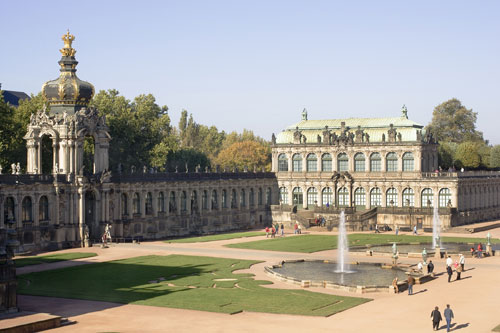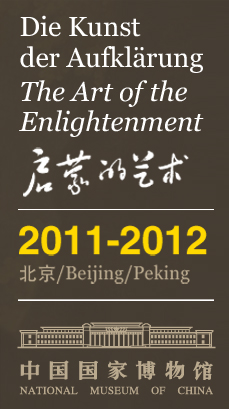Home - Museum - Staatliche Kunstsammlungen Dresden

The Staatliche Kunstsammlungen Dresden is one of Germany's oldest museum and research institutions. It was born from the ‘cabinet of art’ or royal picture gallery, founded in the royal palace in 1560. Twelve internationally renowned museums are united in the association which in addition also includes several other institutions, such as the Gerhard Richter Archive. Founded on a centuries-old tradition of collecting, the Staatliche Kunstsammlungen Dresden sets itself apart for the magnificent quality of ist artworks and the immense thematic diversity of ist collections. The collections are housed in world famous buildings, such as the Zwinger, the Residenzschlo? (or royal palace) and Albertinum.
The Grünes Gew?lbe (or Green Vault) is without a doubt a star among the museums of the world. Having recently undergone extensive renovation work, it has been moved to the Residenzschloss and now houses two permanent collections. As one of the richest treasure chambers in Europe, it is the prime destination for art lovers from around the world. No less famous is the Gem?ldegalerie Alte Meister in the Semper wing at the Zwinger, which not only houses Raphael’s ‘Sistine Madonna’ but countless other outstanding works by old masters as well. The Porcelain Collection, meanwhile, is one of the most important specialist ceramic collections anywhere in the world.
The Galerie Neue Meister contains works from Caspar David Friedrich to the beginnings of modernism. In June 2010 and after years of restructuring, the gallery went on public display in the Albertinum, which traditionally also houses the Sculpture Collection. The building has recently undergone elaborate renovation and has had a spectacular new addition to its structure. Now with works from the Romantic period up to the present day, the new Albertinum has become a vital, modern component to the Staatliche Kunstsammlungen Dresden.
The Residenzschlo?, once the royal palace, has evolved into a magnificent museum centre. It now houses both the Kupferstich-Kabinett, one of the most important collections of drawings, prints and photographs in the world, and the reinstated Grünes Gew?lbe, but also contains the further attraction of the Türkische Cammer, or ‘Turkish Chamber’. This newly created museum presents a collection of Ottoman art, amassed over centuries by the electors of Saxony, and makes Turkish and European history tangible in a fascinating way.
Dresden is striving to preserve its cultural heritage at the Zwinger too: after extensive renovation work, the Mathematisch-Physikalischer Salon, a special museum dedicated to clocks and scientific instruments from the 16th to 19th century, is due to open its doors again in late 2012.








